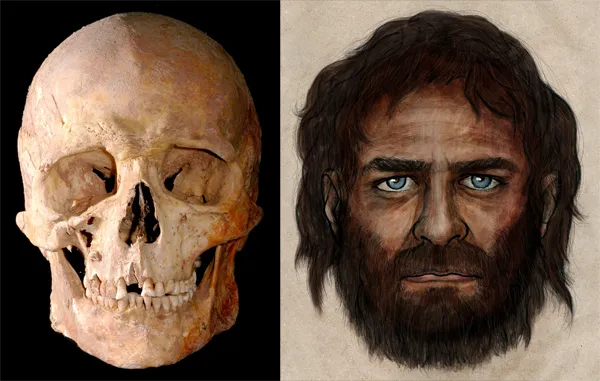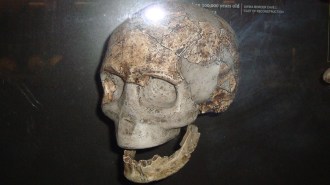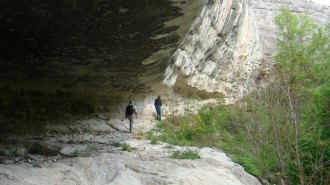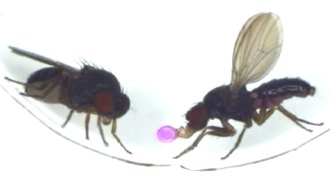Stone Age Spaniard had blue eyes, dark skin
Genetics of 7,000-year-old skeleton suggests pale skin came later
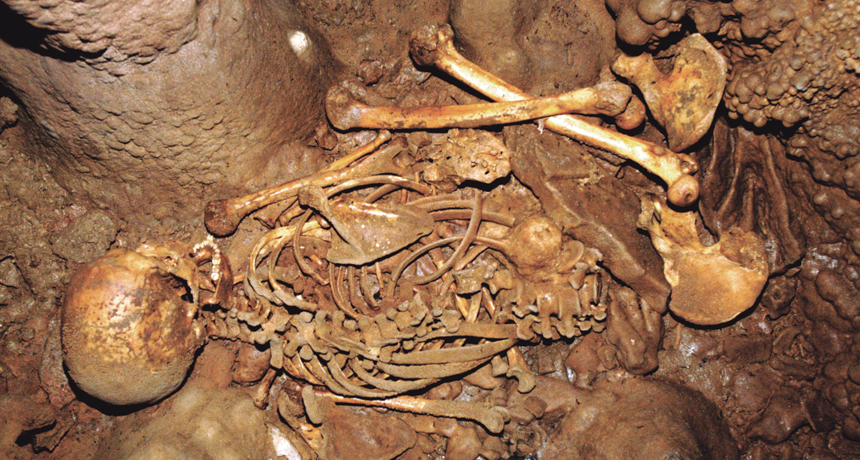
THE BARE BONES DNA from the skeleton of a Stone Age hunter-gatherer from northwestern Spain suggests blue eyes evolved before light skin did.
J.M. Vidal Encina
